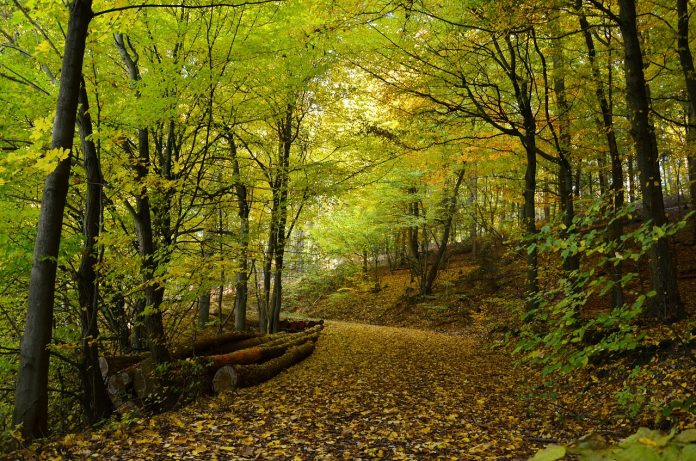Most parents tell their children that “we don’t play favorites because we love you all equally.”
Children know better, as do their therapists.
Although mental health professionals rightly warn parents that liking Johnny more than Suzie leads to resentment, anger, and tense Thanksgiving dinners, foresters appropriately use the notion of favoritism by pampering some trees while ruthlessly removing less desirable species.
The technique is called crop tree management. It is based on a simple ecological notion: trees in close proximity to each other compete for water, nutrients, and sunlight, which can reduce their growth and survival.
Consequentially, if you want to guide your woods in a certain direction, you need to remove the undesirables to release the potential of the desirables. Doing so will result in a woods more closely aligned to a landowner’s goals, as well as increased tree survival rates, vigor and growth, and stand resiliency.
Here are the four steps to practicing crop tree management in your woods.
What you want
First, imagine what you want to see in your woods. It could be increasing the economic value of the timber. Or, you might like a larger turkey population for hunting. You may decide that you love bathing in the vibrant fall colors.
It could even be all three. Whatever one’s goals, the critical step is to choose. As the adage goes, no decision is a decision.
You also have the option of dividing the woods into stands or sections and assigning different goals to each one. On our farm, I plan on setting aside a small portion of woods as a so-called wilderness area.
I won’t touch it except for an occasional stroll. For me, it is important to have a space to remind me and others that nature can do quite nicely without man’s manipulations.
Second, conduct an inventory.
How detailed depends on the ecological complexity of your woods and the number and interconnectedness of your goals. No matter the level of sophistication, you need to record species, diameter, height, and free to grow.
Free to grow is calculated by dividing the space surrounding the crop tree into four quadrants available for the canopy to grow. If there are trees crowding the possible canopy of the crop tree on three out of four quadrants, it would be given a rating of one.
The lower the rating, the higher the competition pressure.
Third, mark the trees that meet your goals and remove those whose crowns touch the sides of or overtop the crowns of the crop trees. Ideally, the desired trees should have a free to grow rating of 4 so that all four quadrants of the crown have space to grow.
(As a wise forester told me, you manage for sunlight. Don’t worry about water or nutrients. Mother Nature takes care of that.)
Revisit your woods
Fourth, continue to revisit your woods. Are the crop trees thriving? Any new species showing up? Are diseases present? Can you see your goals being realized?
You won’t know what is happening unless you put boots on the ground.
Now let’s walk through the process with a specific example. You decide you want in your back forty lots of wildlife, both numbers and species. Start by heading into the woods to find out what you have on the land. Don’t forget that forest succession plays a role in what wildlife species are favored.
For example, clear-cuts benefit cottontail rabbits and Prairie warblers while mature forests support wild turkey and Red eyed vireo. Look for trees that provide shelter and food for the preferred wildlife species. Concerning food or mast, you want a diverse mix of soft and hard. Hard mast would be your acorns, hazelnuts, hickory nuts, beechnuts, and walnuts. Soft mast are the black cherries, persimmons, pawpaws, and blackberries.
Viable food
Because many tree species don’t produce a consistent abundant mast, it is important to ensure food is viable season to season and year to year.
For example, even though white oak groups (white, bur, chinkapin, and chestnut) are preferred by wildlife, you still want some red oak groups (red, black, scarlet, and pin oak). Animals eat whites first, but reds have a longer “shelf-life,” which make them available late winter and when whites and other food sources are scarce.
Diversity is also important for shelter if you desire a mix of wildlife species. Different trees and shrubs, live or dead, young or old, favor certain species. For example, brush piles attract rabbits, while older beech provide cavities for nesting wildlife like game birds and small to medium herbivores.
Next, remove or deadened the undesirables. If they are too few or unmarketable, fell them for firewood or fence posts, or girdle them. Girdling can be done with a chainsaw by cutting a one-inch deep perimeter band three to four feet from the ground.
To be doubly sure, you can cut a second band 6 to 12 inches above the first. Finally, look beyond individual trees.














